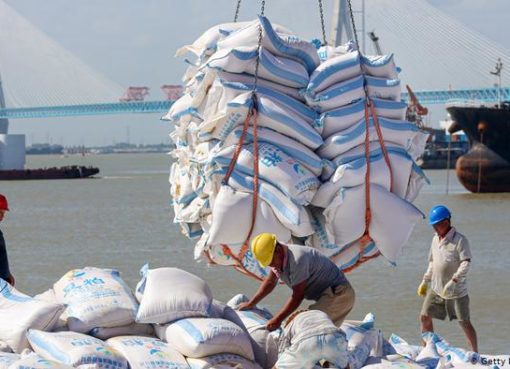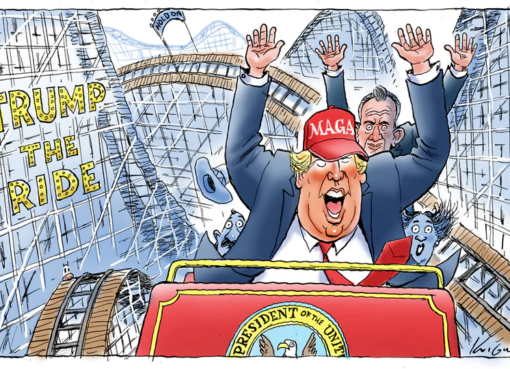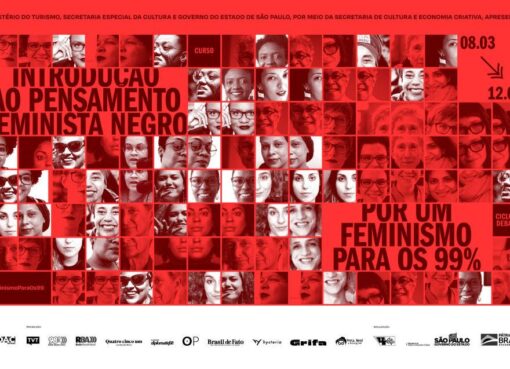Covid-19’s history is not yet fully known, but the links between animal and human health could not be clearer
It can feel wrong, or simply impossible, to focus on anything other than getting through this most challenging moment. It is reasonable to argue that since lessons will not reduce our immediate suffering, we should learn them once we’re through this. But the vulnerability that makes the present so painful is exactly why some discussions cannot wait. The suffering we stand to reduce or increase by the threads of action that we begin to unwind now could be magnitudes of what we’re currently experiencing.
Imagine that while your country practised social distancing, your neighbouring country responded to Covid-19 by packing citizens into gymnasiums by the tens of thousands. Imagine if, in addition, they instituted genetic and pharmaceutical interventions that helped their citizens maintain productivity under such adverse conditions, even though this had the unfortunate side effect of devastating their immune systems. And to complete this dystopian vision, imagine if your neighbours simultaneously reduced their number of doctors tenfold. Such actions would radically increase death rates not only within their country, but yours. Pathogens do not respect national boundaries. They are not Spanish or Chinese.
Pathogens do not respect species boundaries, either. Influenza and coronaviruses move fluidly between human and animal populations, just as they move fluidly between nations. When it comes to pandemics, there is not animal health and human health – not any more than there is Korean health and French health. Social distancing works only when everyone practises it, and “everyone” includes animals.
Saiba mais em: https://www.theguardian.com/commentisfree/2020/apr/20/factory-farms-pandemic-risk-covid-animal-human-health






